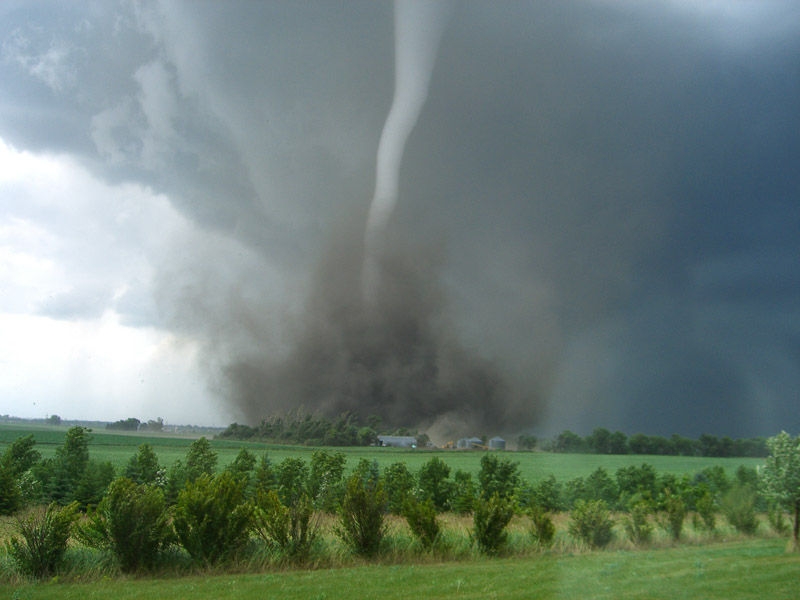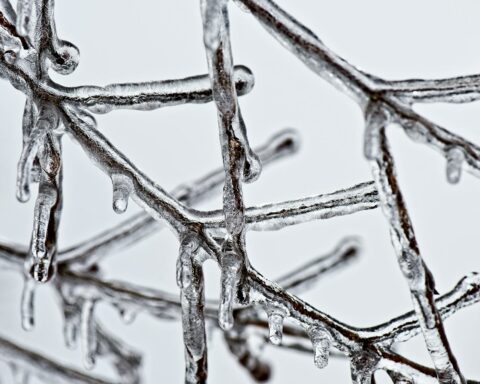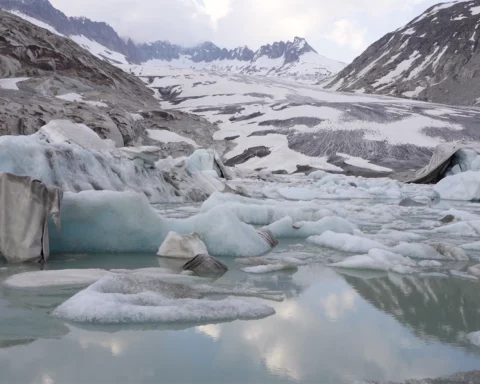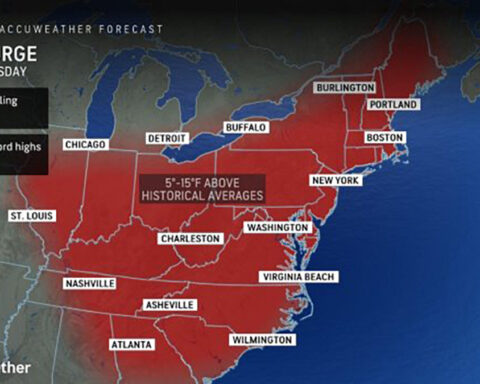AccuWeather Global Weather Center – March 6, 2024 – The threat of damaging thunderstorms and tornadoes across the United States will rise in the coming weeks as the Spring severe weather season ramps up. AccuWeather experts say this season will be drastically different compared to last year.
The 2024 severe weather season could get off to a slow start, but AccuWeather Lead Long-Range Forecaster Paul Pastelok says it could prove to be much different than last year. The threat for tornadoes and damaging storms will escalate after reaching the midpoint of the season.
2024 Tornado Forecast
The expert team of long-range forecasters at AccuWeather are predicting 1,250 to 1,375 tornadoes across the United States in 2024.
The forecast is above the historical average of 1,225 twisters annually.
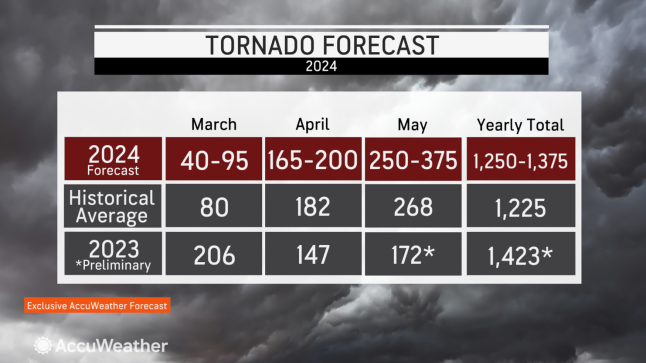
The 2024 forecast calls for fewer tornadoes than the 1,423 that were reported across the U.S. in 2023.
Severe Weather Threat Zone
The spring weather patterns will promote more severe weather in the classic Tornado Alley, which spans from Texas through Nebraska.
Tornadoes could also spin up more frequently in California this year.
“Any strong system can produce a couple of tornadoes, mainly EF0 intensity, but an EF1 or EF2 cannot be ruled out,” said Pastelok.

The majority of tornadoes last year touched down outside of the traditional tornado alley, especially in March and April, when most severe weather impacted areas from the Midwest through the Tennessee Valley.
A whopping 206 tornadoes were reported across the U.S. in March 2023, well more than double the monthly historical average of 80.
While expecting a more active season in the traditional Tornado Alley, AccuWeather experts warn families and businesses outside of the traditional tornado alley to not let their guard down this year.
“The second half of spring is jumping out to us,” said Pastelok. “The severe weather threat can be more frequent in the Midwest, Tennessee and Ohio valleys in later March into May, while the northern Plains and Northeast can have an increase in May.”
Three Key Factors
Long-range forecasters say the Great Lakes, the Gulf of Mexico, and the return of La Niña will be the major factors that set the 2024 severe weather season apart from 2023.
“Quick warming of the Great Lakes, combined with below average snowpack in the Midwest, could lead to an early start to severe weather season in this region,” said Pastelok.
Near-record snowfall in parts of the Midwest last winter kept a lid on severe weather over the region during the first part of the 2023 severe weather season.
El Niño is currently driving weather patterns in North America, which typically leads to below-average tornado and hail reports in the Plains. El Niño is expected to weaken throughout the spring, which could allow for an uptick in activity in Tornado Alley from April through May. Last year’s severe weather season was influenced by La Niña.
Conditions in the Gulf of Mexico will also be a major factor behind this year’s severe weather threats. Water temperatures are currently near to slightly above historical averages.
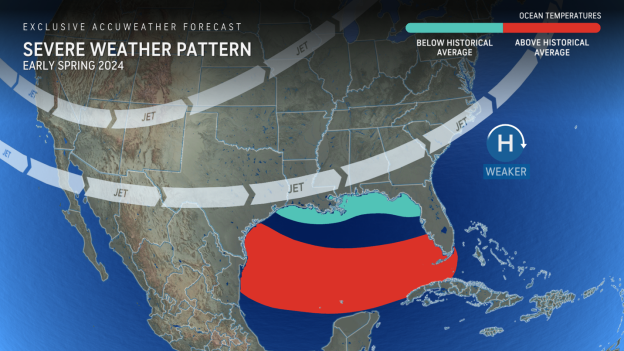
“If the water is slower to warm in March, this could hold back the number of severe weather reports in March, especially compared to March 2023,” said Pastelok.
The water in the Gulf of Mexico could warm up rapidly during the middle and later part of the spring, which is why AccuWeather meteorologists are highlighting May as a critical month for tornado activity.

With the shift in severe weather threats expected this spring, AccuWeather Chief Meteorologist Jon Porter says families and businesses need to prepare.
“We’ve seen with climate change that severe weather threats, including tornadoes, are happening outside of the time of year and places that people typically associate with tornadoes,” said Porter. “Do not be lulled into any false sense of security. There can be a tornado threat anywhere in the country with the right conditions.”
AccuWeather Senior Storm Warning Meteorologist Phil Warren said this is a good time to review emergency plans.
“Ensure that you and your family know where your designated safe room is located in your home. If you do not have a specific storm shelter, an interior, windowless room on the lowest level is ideal. Have a storm kit packed that includes bottled water, non-perishable food, a flashlight, small first aid kit, extra batteries, a portable charging device for cell phones, and a small amount of cash,” said Warren. You should also remember to grab any medications you might need, and make sure to wear close-toed shoes and take coats or blankets if you do have to shelter.”
Do not rely on outdoor warning sirens alone. Have multiple ways to get severe weather alerts. The AccuWeather app provides severe weather alerts faster, on average, than any other source.
Spring cleaning at home or in the workplace is a good opportunity to prepare shelters and safe places.
“Make sure you do not have any boxes in that way that could slow you down while getting to that safe shelter. Clean that area up. Make sure it’s ready,” said Porter. “We can’t control tornadoes, but we can do everything possible to mitigate our own risks. A plan goes a long way.”

